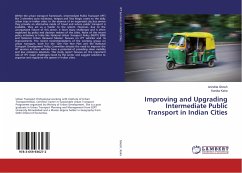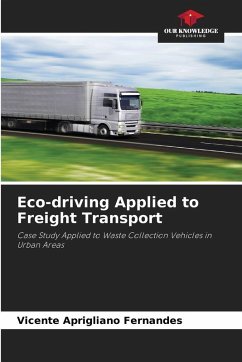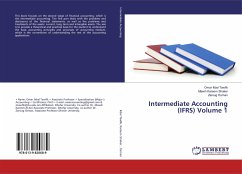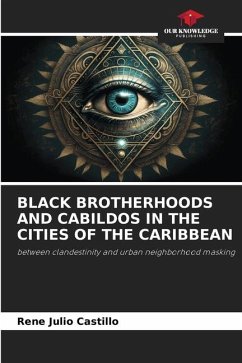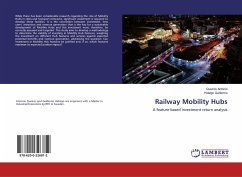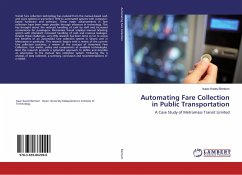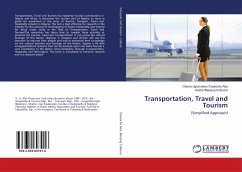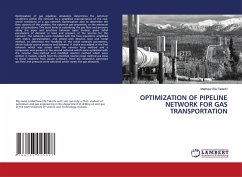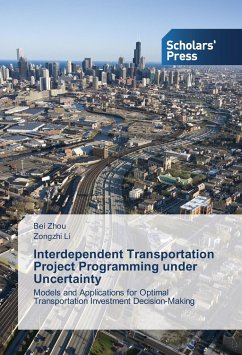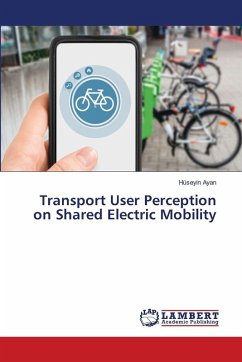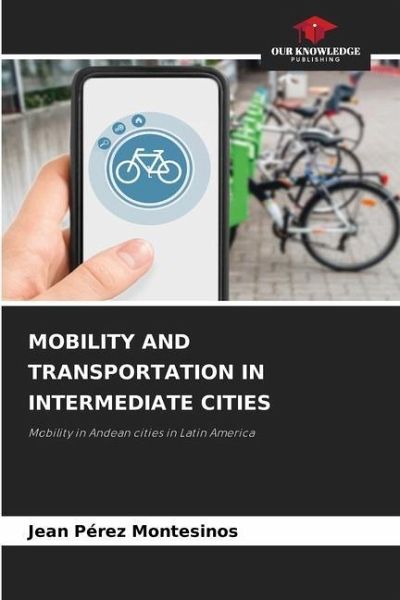
MOBILITY AND TRANSPORTATION IN INTERMEDIATE CITIES
Mobility in Andean cities in Latin America
Versandkostenfrei!
Versandfertig in 6-10 Tagen
53,99 €
inkl. MwSt.

PAYBACK Punkte
27 °P sammeln!
Mobility in intermediate cities has a special configuration that, unlike large cities, must be planned according to its environment and according to the architectural design of these cities. Cities like Cusco, which are World Heritage Sites, already require special treatment as a reminder of their history, with the restrictions that this implies in the modeling of mobility and the selection of different alternatives for public transport systems. Sustainable mobility must be applied slowly in compatibility with the importance and limitations in Andean cities.



